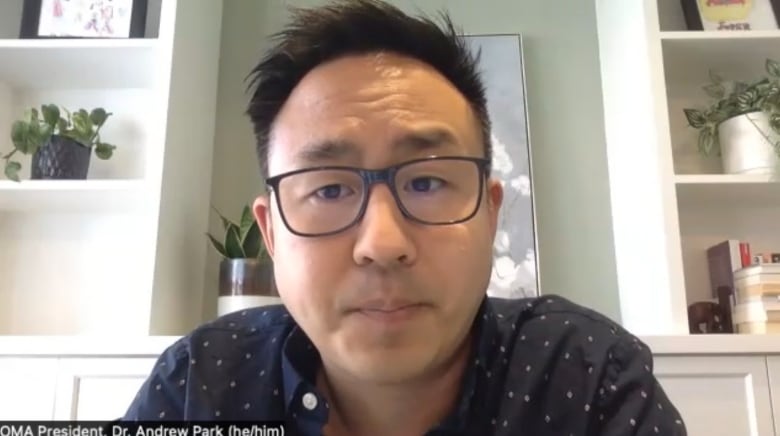If you’re one of the estimated more than six million Canadians who can’t find a family doctor, it might be because they’re focusing on specialty care, the results of a new report suggest.
About 28 per cent of Canada’s 9,500-plus family physicians predominantly provide services outside of primary care, according to the Canadian Institute for Health Information (CIHI)’s analysis of 2021 payment data, released Tuesday.
That means they mainly perform services in specific areas, compared to typical primary care duties, like office visits and assessments that don’t require a referral. For example, a family doctor with a general surgery profile would focus on services like minor surgical procedures.
The main non-family medicine areas were emergency medicine (14 per cent), psychiatry (nearly five per cent) and general surgery (two per cent).
“New trends in practice patterns reveal that many newer family physicians are less likely to engage in comprehensive and continuous family practice,” the report’s authors wrote.
The percentage of family physicians practising outside of primary care grew slowly from 2013 to 2018. Then, between 2019 and 2022, there was a notable increase, from nearly 26 per cent to 28 per cent. The data excludes Quebec, the Northwest Territories and Nunavut.
The report’s authors and the Canadian Medical Association have noted family physicians have reported increasing challenges such as higher workload and administrative demands.
About 74 per cent of Canadian primary care physicians said they believe the quality of medical care has worsened since the COVID-19 pandemic began in March 2020, according to a report from last June. That’s significantly more than the average of other wealthy countries of 63 per cent.
Dr. Andrew Park, president of the Ontario Medical Association, said it is important for family physicians to advocate for patients to get medical tests, treatments and specialists, but they face bottlenecks trying to do so.
Park, who wasn’t involved in the report, works in London, Ont., in an emergency department, one of the specializations that the report’s authors said attracts family physicians.
He said one reason why family physicians may like the field is because the hospital pays the costly overhead.
“Doctors are voting with their feet.”
The OMA has called on the provincial government to fund primary care teams for all family doctors and their patients.
Park said the pressure has been building for at least a decade.
“The pandemic was the match to the dry tinder. It really changed everything around this landscape. For the longest time, we were looked at as an item of cost, but we have to stop thinking that way.”
Instead, Park said governments should think of primary care as an investment in prevention, or else they’ll pay more later.
Exhausted and closing shop
Dr. Fan-Wah Mang, a family physician in Mississauga, Ont., has had her practice for 29 years, and once planned to work for up to another decade. Now, she’s winding down her practice on May 31, due to burnout from a huge administrative burden.
Mang, who also was not involved with the report, said she sees about 20 patients a day, and makes less than $40 per visit. She feels she can’t see double the number of patients without sacrificing quality.
“I’m in a group with three family physicians,” she said in an interview. “We’re all equally exhausted and we can’t afford to hire the kind of allied health professionals that we need to sustain our practice.”
Owners of private clinics say they have no choice but to charge patients, because nurse practitioners cannot bill OHIP
Back in 2014, Mang’s practice included a registered nurse. Today, with the costs of electronic medical records, mandated secure messaging for patients and cybersecurity insurance plus inflation and rent, the bills eat up what used to go to pay someone to help carry her patient load.
Mang is now saying goodbye to long-term patients and trying to help them find a new family physician.
“There needs to be investment in primary care to sustain it.”
‘Nothing works’
After Erella Gagnon, 64, of Toronto, had four brain surgeries and her adrenal glands removed, her long-time family physician retired. She said it was difficult to find a new one.
“Everything worked very smoothly, and now nothing works,” Gagnon said. “If you need a refill on a prescription, you’ve got to get an appointment when it’s convenient for the doctor.”
CIHI’s data suggests the problems may persist.
Although Canada’s population continues to increase, fewer people are becoming family doctors than before. The five-year growth rate of family physicians in Canada slowed from nearly 13 per cent between 2012 and 2016 to 7.7 per cent between 2017 and 2021.
Family medicine represented 76 per cent of vacant residency positions in 2023.





